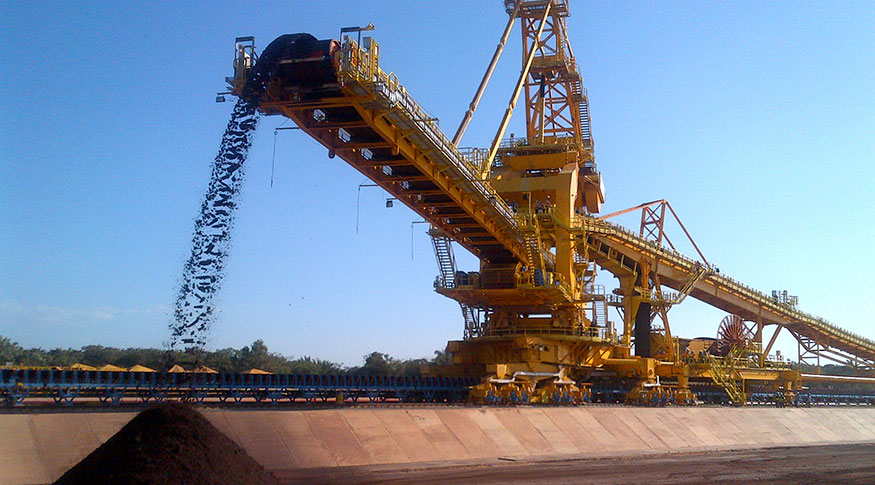Domestic industry
Industrial production grows 0.7% in February, but remains below pre-pandemic level
April 01, 2022 09h00 AM | Last Updated: April 01, 2022 03h33 PM

Industrial production grew by 0.7% in February, compared to the previous month. This result offset part of the 2.2% drop recorded in January, but, even with the advance, the sector remains 2.6% below the level it had before the beginning of the pandemic. It is also 18.9% below the record level reached in May 2011. The data are from the Monthly Survey of Industry (PIM) - Brazil, released today (April 1st) by the IBGE.
In the year, the industry accumulates a fall of 5.8% and, in 12 months, a high of 2.8%. Compared to February 2021, the decline was 4.3%.
The advance of industry in February had positive rates spread across all four major economic categories and in 16 of the 26 surveyed sectors. Among activities, the most important positive influences came from mining and quarrying (5.3%) and food products (2.4%).
“The mining and quarrying sector had an important fall in January (-5.1%), due to the greater volume of rains in Minas Gerais, that month, which hampered the extraction of iron ore. With the normalization of rainfalls, there was a regularization of production. The food sector had its fourth positive month of growth, accumulating a gain of 14.0% in the period. In February, the highlights were the production of sugar and meat and poultry, two important groups within the food sector”, explains survey manager André Macedo.
Other positive contributions came from pharmaceutical products (12.7%), motor vehicles, trailers and bodies (3.2%), basic metals (3.3%), beverages (4.1%), other transportation equipment ( 15.1%) and rubber and plastic products (2.9%).
“The month of January is also characterized by having some degree of reduction of working hours and by the greater movement of collective vacations. In February, there is the normal return to work, which boosts production for the month. This helps us understand the positive result of February at the margin of the series”, adds Mr. Macedo.
Among the ten activities that had a reduction in production, coke, petroleum products and biofuels (-1.8%) and pulp, paper and paper products (-3.4%) had the main impacts in the month. The former eliminated part of the 3.1% growth in January, while the latter intensified the decline in the previous month (-1.8%).
Among the major economic categories, capital goods (1.9%), intermediate goods (1.6%) and semi and non-durable consumer goods (1.5%) had the sharpest positive rates in February. With these results, the first two returned to growth after falling -8.8% and -1.3%, respectively, in January. Semi and non-durable consumer goods had the fourth consecutive month of growth in production, a period in which it accumulated a gain of 3.9%.
The sector producing durable consumer goods (0.5%) also increased in February, but below the industry average (0.7%). It is worth noting that this segment dropped 11.7% in January 2022 and eliminated part of the 18.6% expansion recorded in the last two months of 2021.
Mr. Macedo notes that, despite the positive result in February, the industry accumulates a drop of 4.3% compared to the same month of the previous year and a decline of 5.8% in the cumulative index of 2022. The positive rate in the cumulative result of 12 months indicates a loss of intensity, which has been occurring since August (7.2%), in this comparison.
“Two years after the start of the pandemic, the industry is still below that level. This can be explained by the breakdown of the production chains, since the industries had difficulty accessing raw materials and inputs. On the domestic demand side, there is high inflation, rising interest rates, the labor market still with a large number of workers outside it and the wage bill which does not advance either. These are characteristics that help us understand this industry scenario,” concludes Mr. Macedo.
More about survey
The Monthly Industrial Survey (PIM) - Brazil has produced short-term indicators since the 1970s relating to the behavior of the real product of mining and quarrying and manufacturing industries. The survey results can also be consulted in the Sidra database.




















